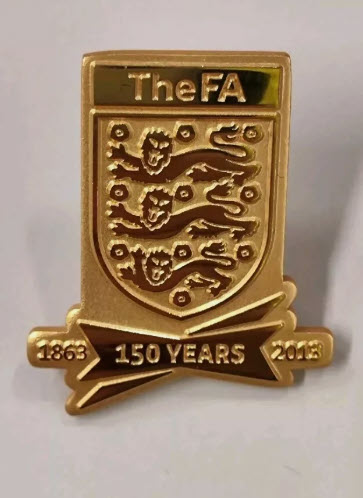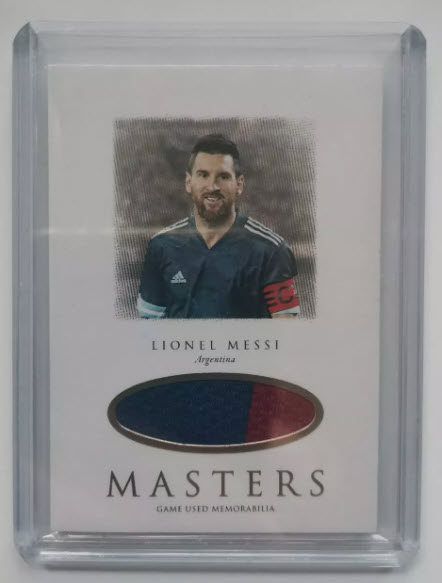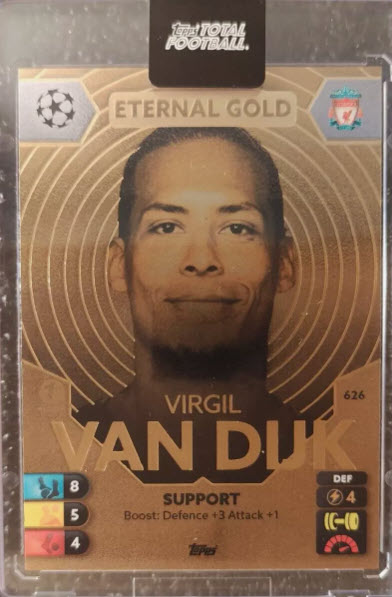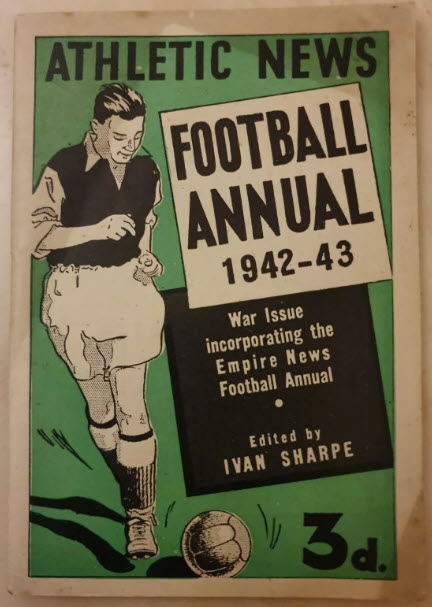English football memorabilia is a treasure trove of history, passion, and nostalgia.
For collectors, preserving these pieces of football history is not just a hobby, but a lifelong journey of discovery and appreciation. Whether you’re a seasoned collector or just starting out, here are some essential strategies to help you build and maintain a valuable collection of English football memorabilia.
Identifying Authentic Items:
1. Research and educate yourself on the history of English football. Knowing the key players, teams, and events will help you spot authentic items and avoid replicas or fakes.
2. Look for official logos and branding on merchandise. Items with official club crests, league logos, or licensed endorsements are more likely to be authentic.
3. Check for signatures or certificates of authenticity when buying autographed items. Authentic signatures from players or coaches can significantly increase the value of memorabilia.
Assessing Value:
1. Keep track of market trends and prices to stay informed about the value of different memorabilia items. Prices may fluctuate based on player popularity, team success, or historical significance.
2. Condition matters. Items in mint condition or with minimal wear and tear will generally fetch higher prices.
3. Rare or one-of-a-kind items are often more valuable. Look for limited edition pieces, match-worn jerseys, or unique collectables to add to your collection.
Storing Items:
1. Store your memorabilia in a cool, dry, and dark environment to protect them from light, moisture, and temperature fluctuations.
2. Use acid-free materials for framing or storing paper-based items like tickets or programs. Acid-free sleeves, folders, and boxes are essential for preserving these delicate items.
3. Display items properly to prevent damage. Use UV-protective glass for framed pieces, and avoid direct sunlight exposure to prevent fading.
Rare and Valuable Pieces:
1. Match-worn jerseys from legendary players like David Beckham, Cristiano Ronaldo, or Wayne Rooney can fetch high prices among collectors.
2. Signed memorabilia from historic events like an FA Cup final or a Championship-winning season are highly sought after.
3. Vintage items from the early days of English football, such as old programs, tickets, or matchday posters, have sentimental value for many collectors.
Connecting with Other Collectors:
1. Join online forums, social media groups, or collectors’ clubs dedicated to English football memorabilia. These platforms are great for sharing knowledge, trading items, or connecting with like-minded collectors.
2. Attend memorabilia fairs, auctions, or exhibitions to network with other enthusiasts and discover new pieces for your collection.
3. Consider trading or selling duplicate items to grow your collection or fund new acquisitions. Building relationships with other collectors can lead to valuable exchanges and collaborations.
In conclusion, collecting and preserving English football memorabilia is a labour of love that connects us to the rich history and heritage of the beautiful game. By following these strategies and tips, you can build a unique and valuable collection that reflects your passion for English football. Happy collecting!



